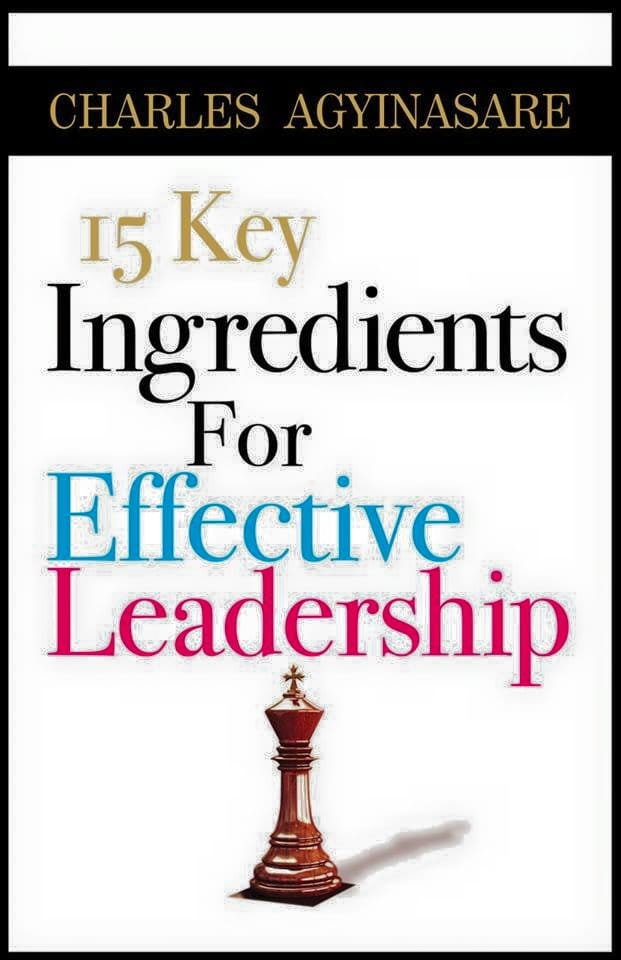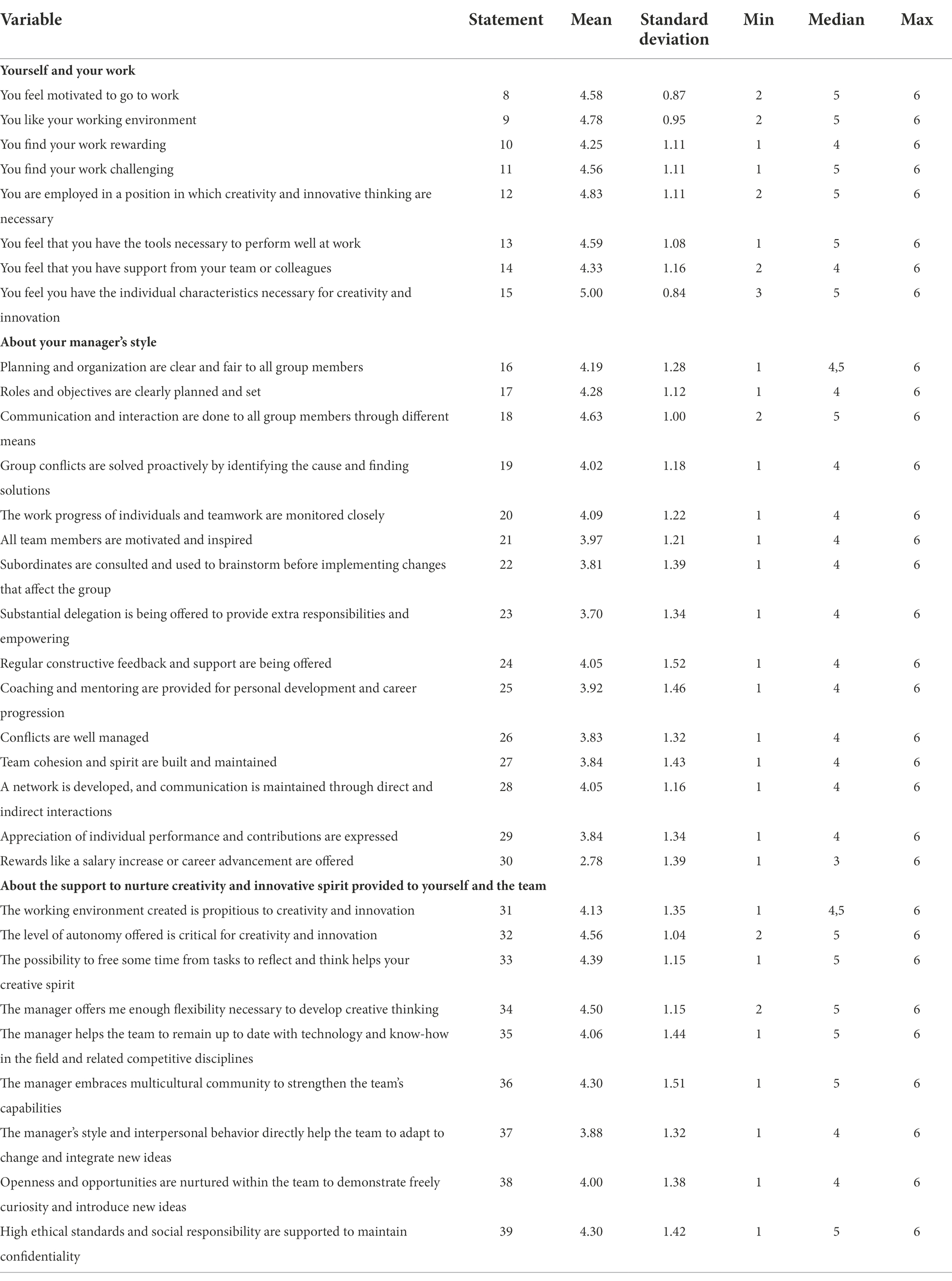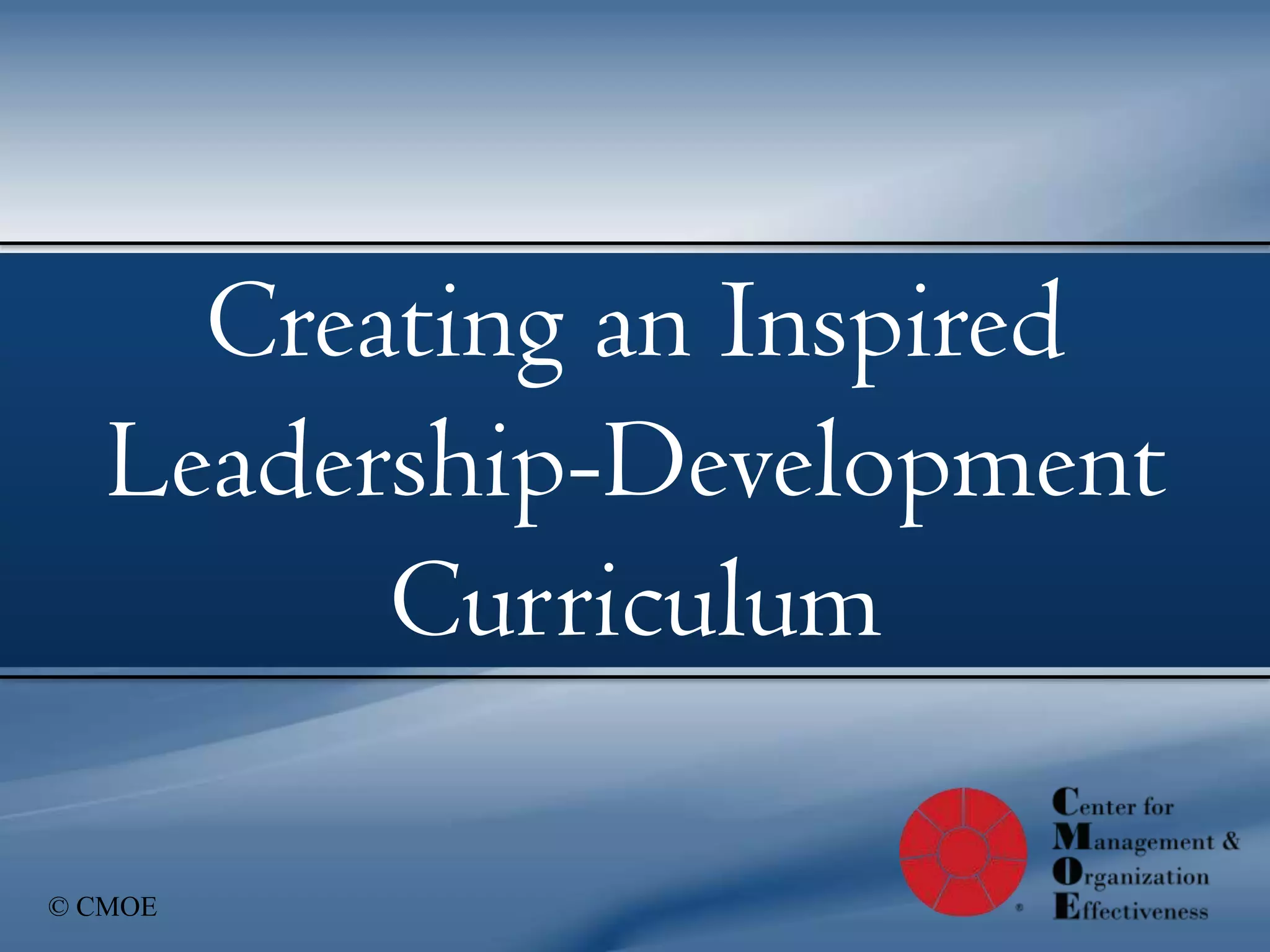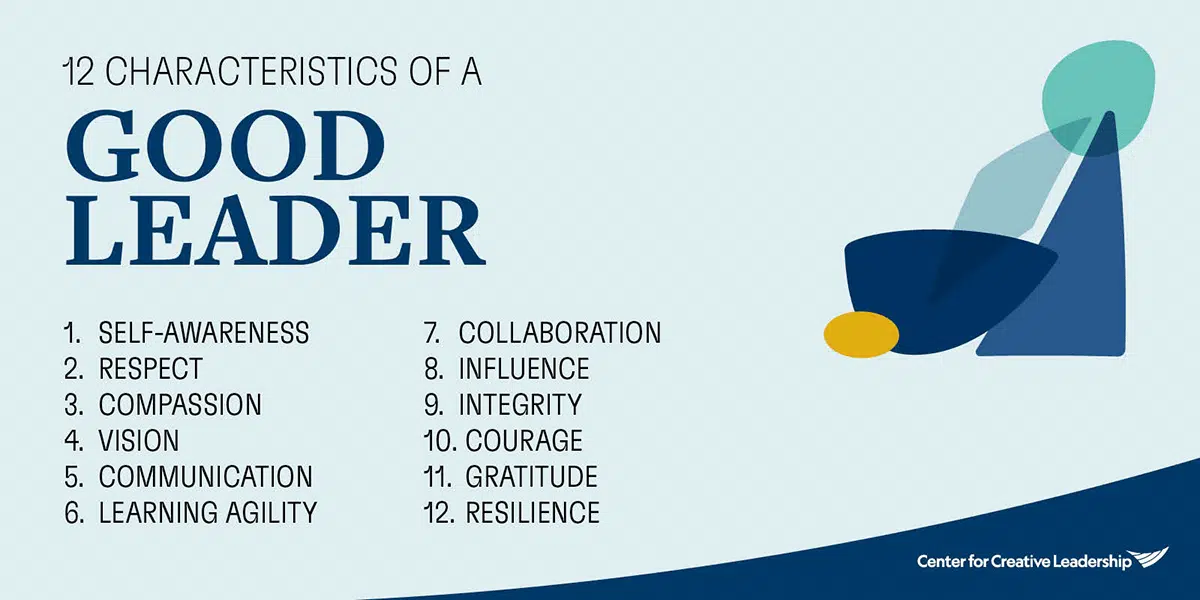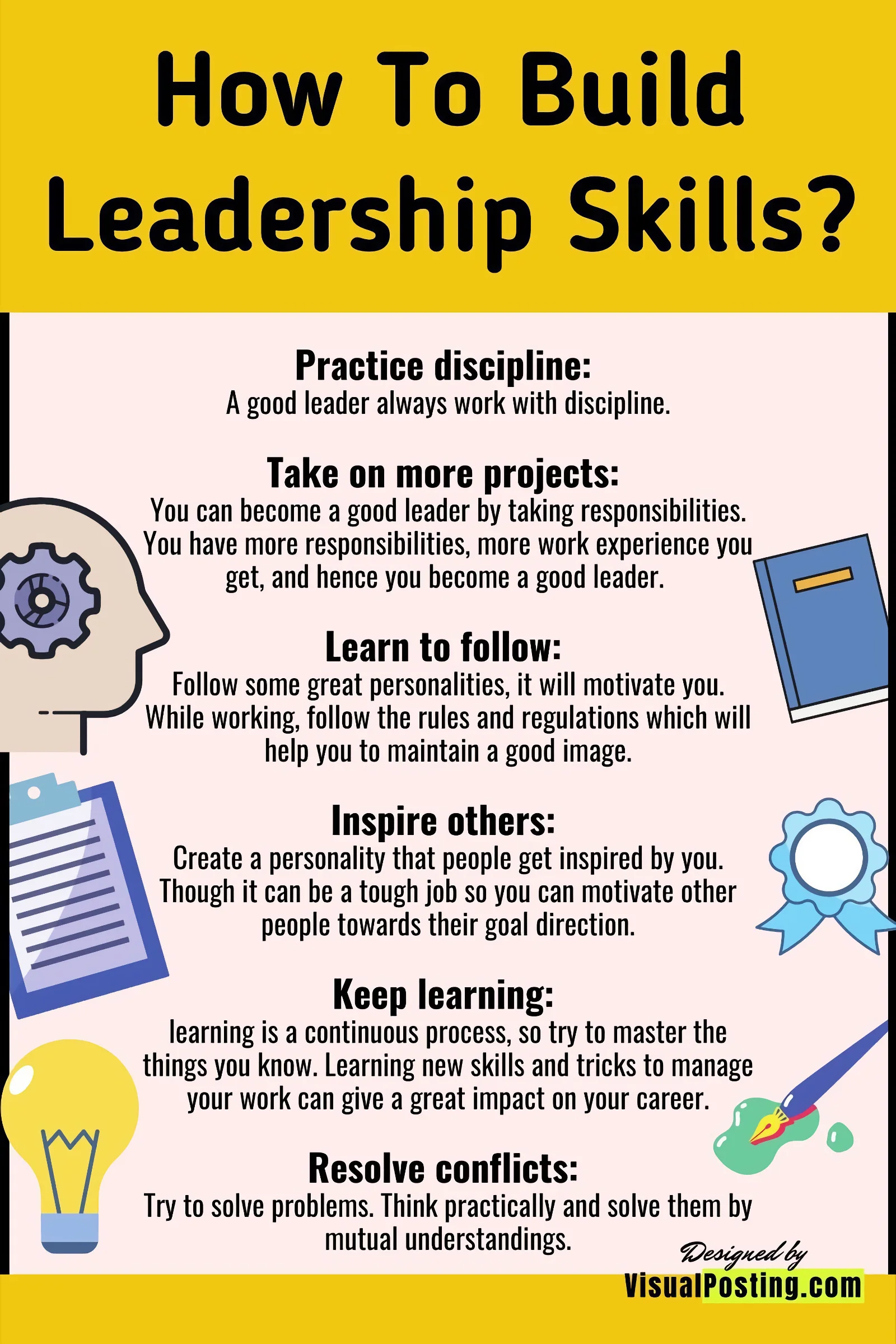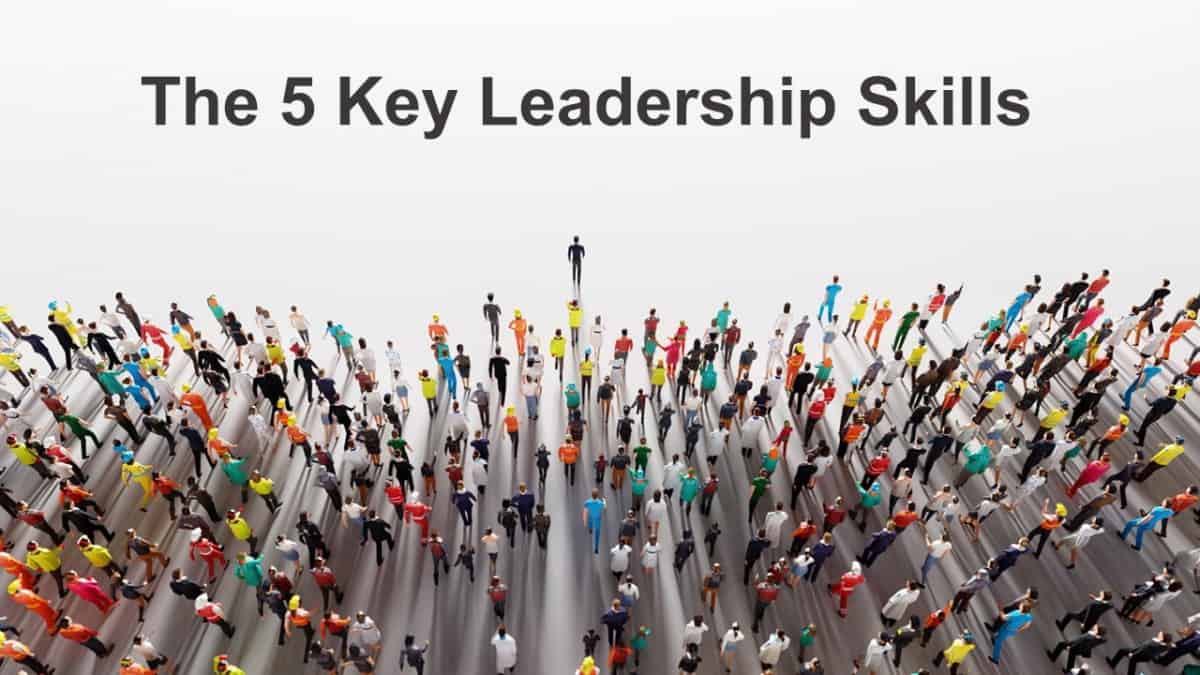An Essential Ingredient For Effective Leadership Is The Exercise Of
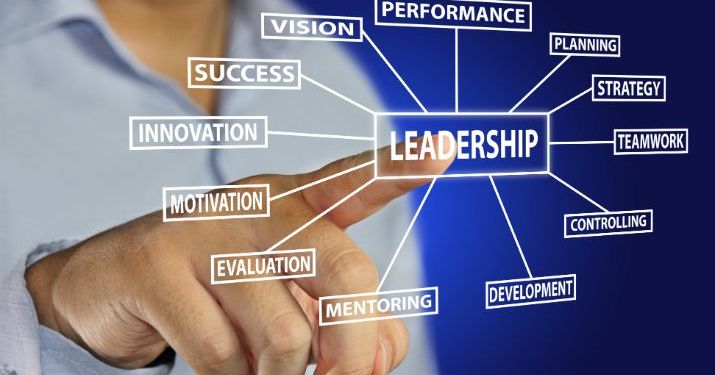
Imagine standing at the foot of a mountain, a daunting peak shrouded in mist. You’re not alone; a team looks to you, their faces a mixture of hope and apprehension. The path ahead is unclear, the challenges unknown, yet their faith in your ability to guide them is palpable.
In such moments, technical skills and strategic vision, while valuable, are not enough. What truly matters, the linchpin that holds everything together, is the exercise of empathy. It's the essential ingredient that transforms a manager into a leader, fostering trust, collaboration, and ultimately, success.
Empathy, often misunderstood as mere sympathy, is the ability to understand and share the feelings of another. It's walking in their shoes, seeing the world from their perspective, and acknowledging their experiences without judgment.
Dr. Helen Riess, Associate Professor of Psychiatry at Harvard Medical School and author of The Empathy Effect, emphasizes its significance. "Empathy is not just a soft skill; it’s a core leadership competency that drives engagement, innovation, and performance."
The Science Behind Empathy
Neuroscience provides compelling evidence for the biological basis of empathy. Mirror neurons, discovered in the 1990s, fire both when we perform an action and when we observe someone else performing the same action. This neural mirroring allows us to simulate the experiences of others, fostering a deeper understanding of their emotions.
This isn't just a theoretical concept. Studies have shown that leaders who demonstrate empathy have teams with higher morale, reduced stress levels, and increased productivity. According to a Catalyst study, empathy is directly correlated with employee retention and increased innovation.
Moreover, empathetic leadership cultivates a more inclusive and equitable workplace. When leaders understand and value the diverse perspectives of their team members, they are better equipped to create an environment where everyone feels heard, respected, and empowered to contribute their best work.
Empathy in Action: Real-World Examples
Consider the story of Alan Mulally, the former CEO of Ford. When he took the helm in 2006, Ford was on the brink of collapse. Mulally didn't just implement a strategic turnaround plan; he cultivated a culture of radical honesty and empathy.
He famously introduced the "Working Together" meetings, where executives openly shared their challenges and vulnerabilities without fear of reprisal. This fostered a sense of psychological safety, allowing teams to collaborate more effectively and innovate their way out of crisis.
Mulally listened deeply, acknowledged concerns, and offered support. His empathetic approach built trust, allowing Ford to navigate a turbulent period and emerge as a stronger, more resilient company. His leadership philosophy prioritized people, which eventually saved the company.
Another inspiring example can be found in the healthcare sector. A study published in the Journal of General Internal Medicine found that physicians who demonstrated higher levels of empathy had better patient outcomes and were less likely to face malpractice lawsuits.
Empathy in healthcare translates to taking the time to listen to patients' concerns, understanding their anxieties, and communicating clearly and compassionately. This not only improves the patient experience but also leads to more accurate diagnoses and treatment plans.
Developing Your Empathy Muscle
Empathy, like any other skill, can be developed and strengthened through conscious effort. The first step is self-awareness. Understanding your own emotions and biases is crucial for accurately perceiving and responding to the emotions of others.
Actively practice listening without interrupting or judging. Ask open-ended questions to encourage others to share their perspectives. Pay attention to nonverbal cues, such as body language and tone of voice, which can provide valuable insights into their emotional state.
Another powerful tool is perspective-taking. Imagine yourself in the other person's situation and try to understand their motivations, fears, and hopes. This can help you to see the world from their point of view and respond with greater understanding and compassion.
Specific Actions to Cultivate Empathy:
Active Listening: Truly hear what others are saying, both verbally and nonverbally.
Perspective-Taking: Consciously try to understand another person's point of view.
Emotional Regulation: Manage your own emotions to avoid reacting defensively or judgmentally.
Nonverbal Communication: Pay attention to body language, facial expressions, and tone of voice.
Seek Feedback: Ask trusted colleagues for honest feedback on your empathy skills.
Challenges and Considerations
While empathy is undoubtedly a valuable leadership trait, it's important to acknowledge the potential challenges. Empathy without boundaries can lead to burnout, as leaders become overwhelmed by the emotional burdens of their team members. It's also crucial to avoid empathy fatigue, which can occur when leaders are constantly exposed to emotionally challenging situations.
Maintaining a healthy balance requires setting clear boundaries and practicing self-care. Leaders need to be able to empathize with their team members without becoming personally responsible for their problems. It's about offering support and guidance while empowering individuals to find their own solutions.
Furthermore, empathy should not be used as a tool for manipulation or exploitation. Authentic empathy is rooted in genuine care and respect for others, not in a desire to control or influence them. Leaders who prioritize their own self-interest over the well-being of their team members will ultimately erode trust and damage their credibility.
The Enduring Power of Empathy
In a world that often prioritizes efficiency and results, the human element can easily be overlooked. However, effective leadership is not just about achieving goals; it's about inspiring and empowering people to reach their full potential.
Empathy is the bridge that connects leaders to their teams, fostering a sense of belonging, purpose, and shared commitment. It's the invisible force that transforms a group of individuals into a high-performing team, capable of overcoming challenges and achieving extraordinary results.
As we navigate an increasingly complex and uncertain future, empathy will become even more essential for effective leadership. By cultivating our ability to understand and connect with others, we can create workplaces that are not only productive but also compassionate, supportive, and truly human.
So, as you stand at the foot of that metaphorical mountain, remember that the most important tool in your toolkit is not a map or a compass, but your ability to see the world through the eyes of those who are counting on you. Empathy is the key to unlocking their potential and leading them to the summit.



